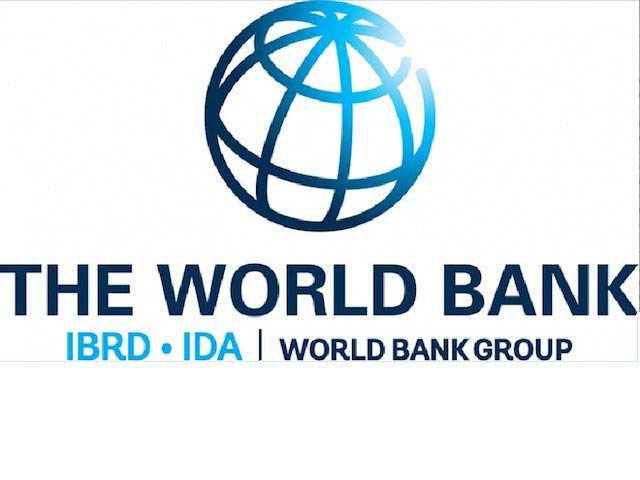The Guyana economy was the least affected among Caribbean and Latin American countries by the ravages of the debilitating COVID-19 pandemic, according to a recently released World Bank semi-annual report on the region.
Guyana’s economy grew by 72.03 per cent between 2019 and 2021, leaving behind the largely tourism-dependent island nations as well as continental countries in South America. While twelve other countries in the hemisphere also recorded positive growth, those were decidedly modest compared to Guyana’s impressive double digit growth figures. Nicaragua, the country in the hemisphere with the second-highest cumulative growth rate, grew at about 7.53 per cent. The other ten “expanding economies” named in the report are Brazil, Chile, Colombia, Costa Rica, the Dominican Republic, El Salvador, Honduras, Guatemala, Paraguay and Peru.
Guyana’s economic growth is underpinned by the development of a potentially highly lucrative oil & gas industry and several spinoff overseas investment developments that have derived therefrom. The World Bank noted that while, like the rest of the hemisphere, Guyana had been impacted by the pandemic and had also faced climate-related challenges including flooding, the country’s economic expansion had been due largely to the development of its oil industry.
Current growth projections suggest that Guyana’s real GDP is expected to expand by 47.95% in 2022 while the trend of economic growth is expected to persist into 2023 with growth projected at 34.3% and in 2024 at 3.8%.
The emergence of Guyana’s potentially fortune-changing oil & gas sector has witnessed sharply adjusted international projections of the country’s likely economic fortunes, going forward. In an earlier report the World Bank had projected that Guyana’s economy would expand by 49.7% this year though the current forecast reduces that estimate by almost two percentage points.
Significantly, the World Bank’s Latin America and the Caribbean semi-annual report raised the spectre of Guyana’s vulnerability while noting that along with other countries in the hemisphere, the country also faced the ever-present threat of climate change-related setbacks. The World Bank also noted that in the absence of climate adaptation measures, agricultural production (which, up until now has been one of the pillars of the country’s economy) could push millions of people in the hemisphere back into poverty.








